RHYTIDES
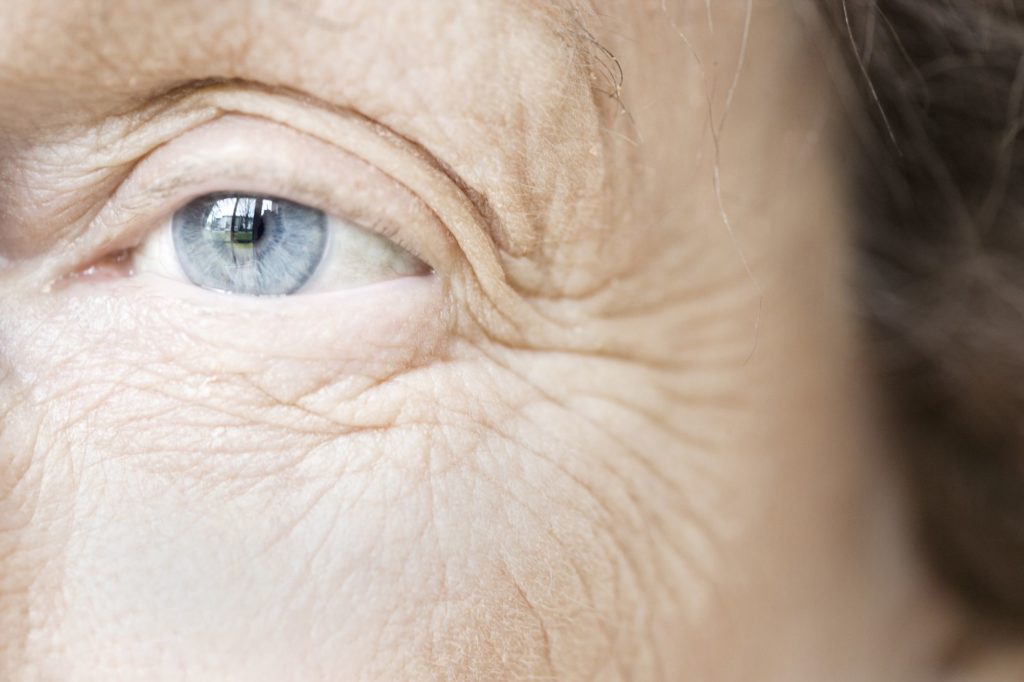
Rhytides, or wrinkles, become very common as we age. Wrinkles are apparent with dynamic movements made by the face. However, as we age, these lines become present even when the facial muscles are not in motion. Common areas affected include the “crows feet,” or the areas lateral to the outer edge of the eye, above […]
XEROSIS

Xerosis, or dry skin, is a benign condition that affects many individuals, but especially individuals over the age of 60. Xerosis is characterized by dull appearing skin that is often rough and scaly. Severe xerosis can be itchy and can lead to fissuring, or cracking of the skin. Xerosis can affect skin anywhere on the […]
SQUAMOUS CELL CARCINOMAS

Squamous cell carcinoma is a common type of nonmelanoma skin cancer. Of the nonmelanoma skin cancers, about 20% are squamous cell carcinomas while the other 80% are basal cell carcinomas. A squamous cell carcinoma is most often locally invasive but has potential to metastasize and can become fatal. Squamous cell carcinomas most commonly affect elderly […]
BASAL CELL CARCINOMA
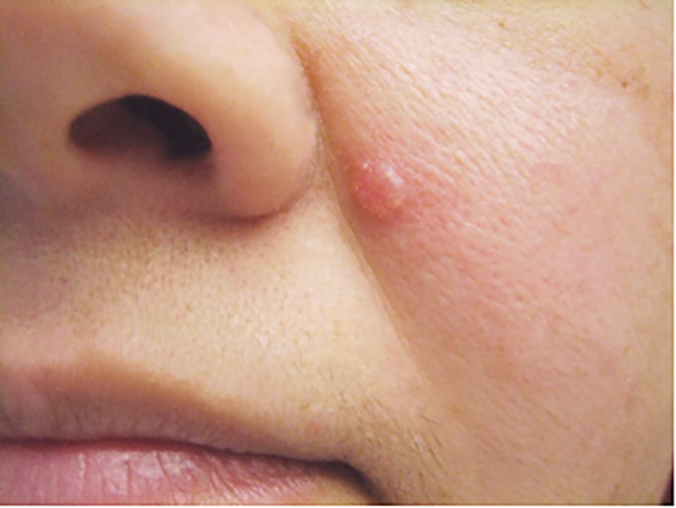
Basal cell carcinoma is the most common form of skin cancer. Basal cell carcinoma originates in the skin cells called keratinocytes, classifying it as a non-melanoma skin cancer. Basal cell carcinomas are locally invasive; metastasis is rare. Basal cell carcinomas can affect anyone, but most commonly affect older males and often, light eyed, fair skinned, […]
SEBORRHEIC KERATOSIS (SK)
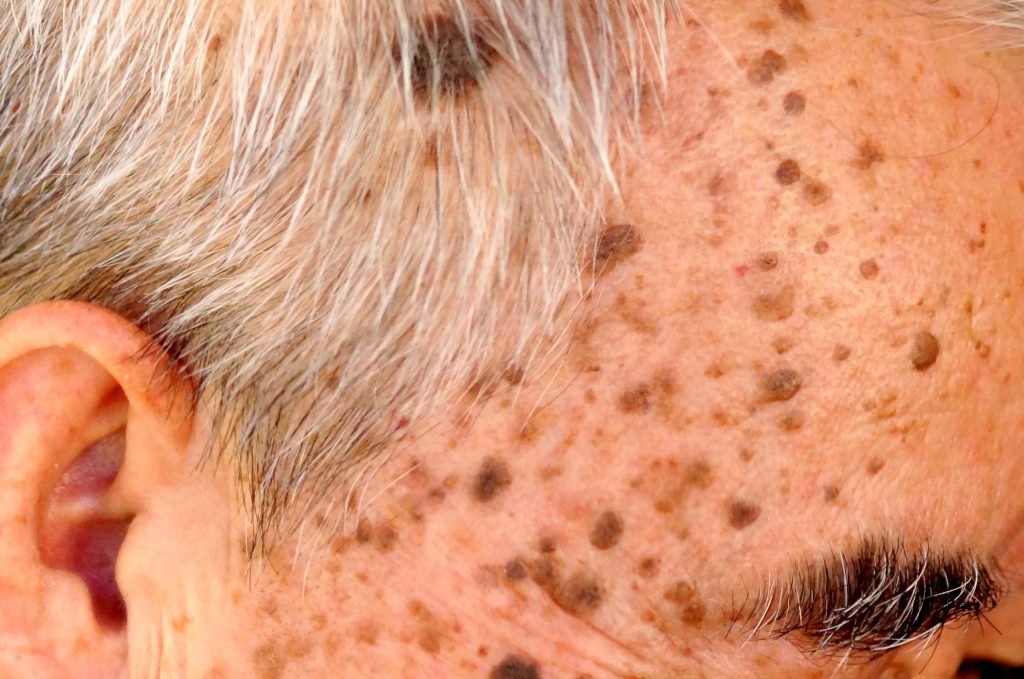
Seborrheic Keratosis, often referred to as wisdom spots or barnacles, are benign lesions that appear on the skin as we age. Seborrheic keratoses can be flat or raised, of various sizes and shapes, smooth and waxy or rough and warty. They often range in color from skin colored to dark brown to black, and have […]
MELANOMA
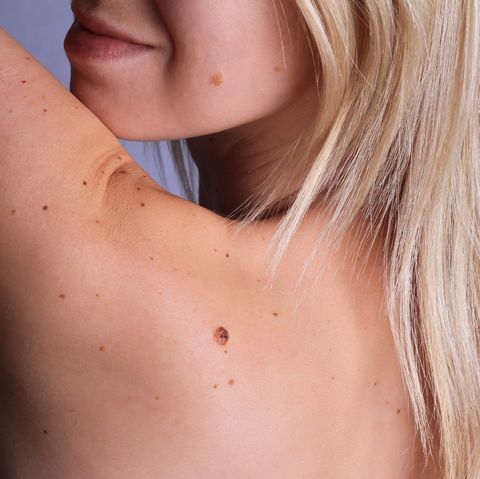
Melanoma is the most serious type of skin cancer. It is the fifth most common skin cancer in the United States. Melanoma develops in melanocytes, or the cells that produce the pigment that gives your skin its color. The etiology is unclear; however, the known risk factors include fair skin, history of severe sunburns, tanning […]
SKIN CANCER
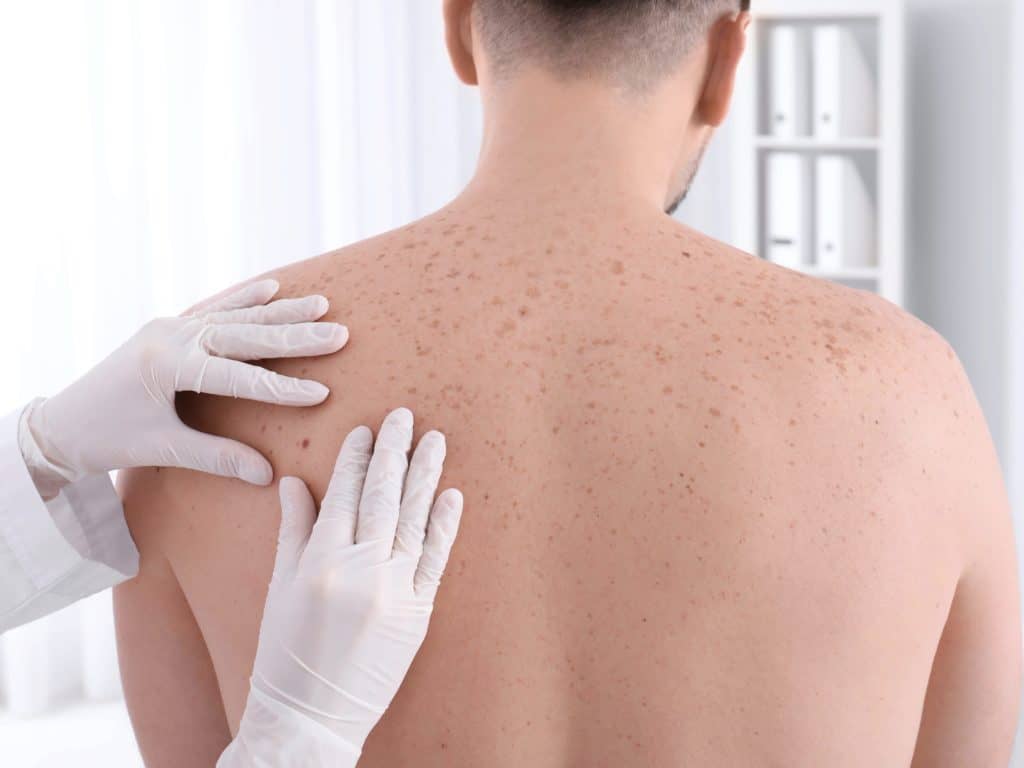
Two types of non-melanoma skin cancer are basal cell carcinoma and squamous cell carcinoma. Risk factors include fair skin, light hair and eye color, red hair, older age, northern European ancestry, smoking, and increased number of previous sunburns. Commonly found on the face, chest, and back. The diagnosis of skin cancer is made while examining […]
ALOPECIA
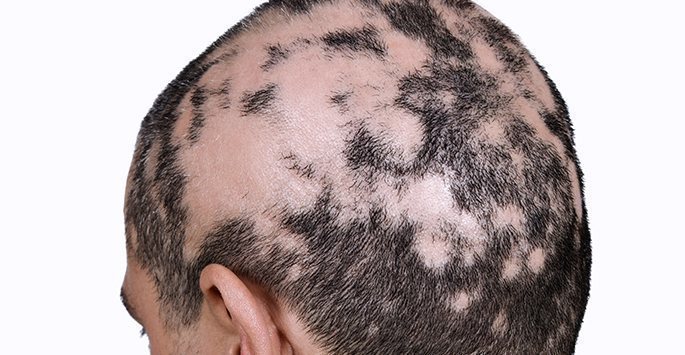
Alopecia, or hair loss, can occur on the scalp or other parts of the body. Depending on the cause, hair loss can be temporary, permanent, or associated with another underlying disease. WHAT CAUSES ALOPECIA? There are many different causes of hair loss that include: Genetics: Inherited from mother and/or father. Hormones: A group of hormones […]
ACTINIC KERATOSIS
Actinic keratosis is characterized by single or multiple, dry, rough like sandpaper, adherent scaly areas on the skin. Actinic keratoses are caused by sun exposure and are commonly found in areas with more sun exposure such as the face, ears, neck, scalp, chest, forearms, and hands. Actinic keratosis can progress to squamous cell carcinoma, which […]
COLLAGEN LOSS

The most abundant protein in our skin is collagen, which provides a kind of scaffolding for our skin. Natural aging results in a breakdown of collagen and elastic fibers of the skin. This loss, combined with decreasing hyaluronic acid content, results in the formation of wrinkles, sagging skin, and an overall deflated appearance. WHAT CAUSES […]


